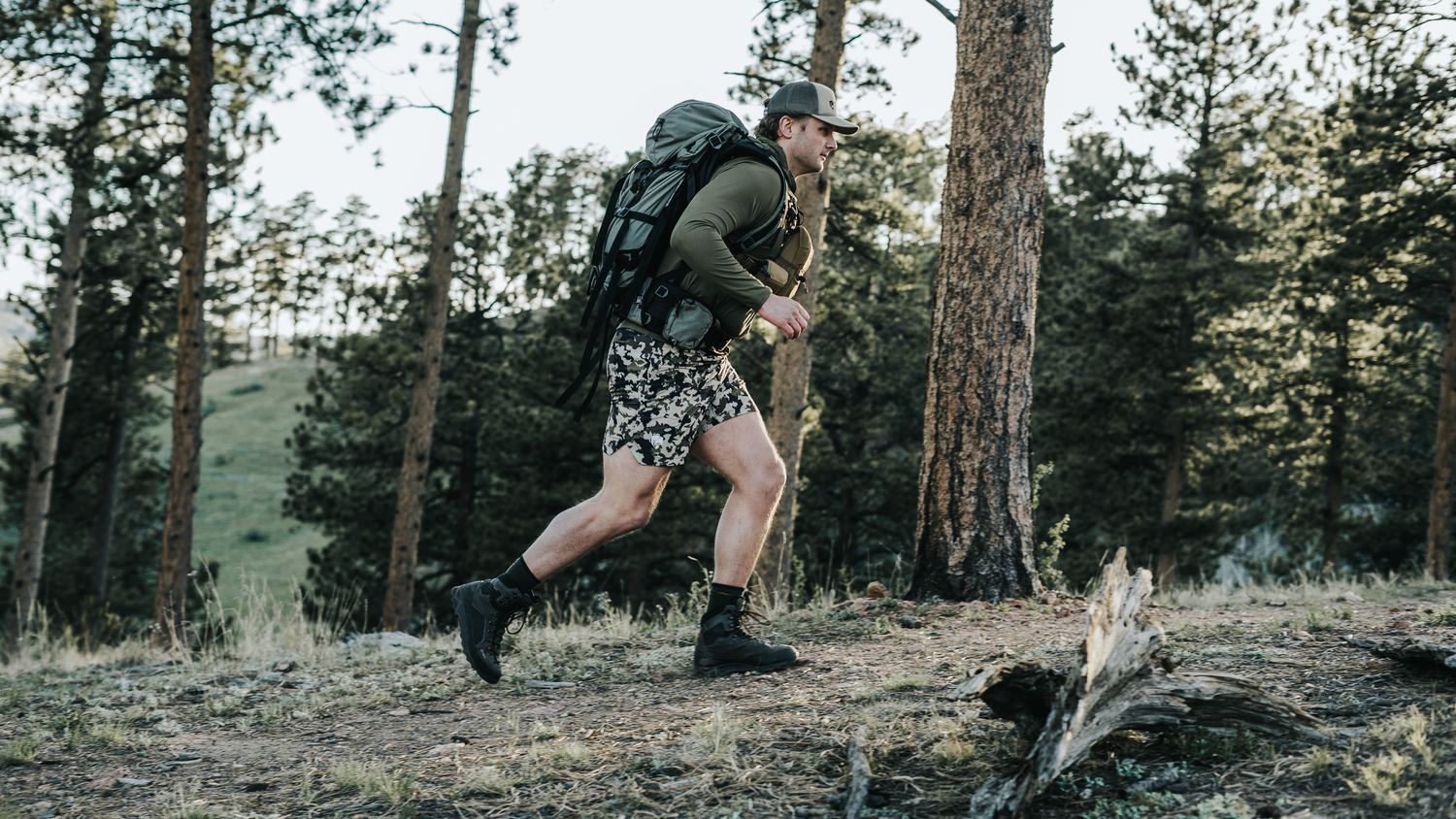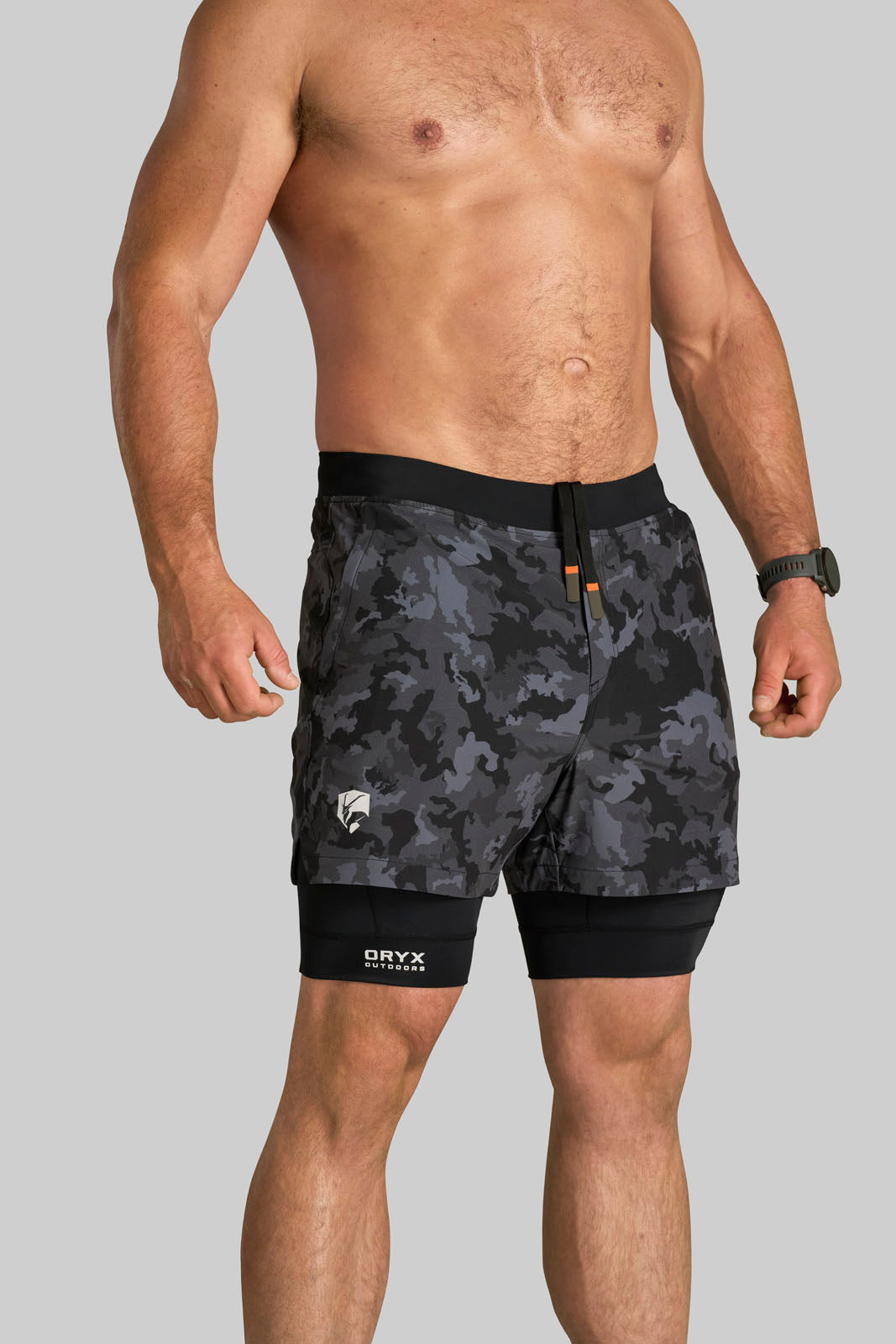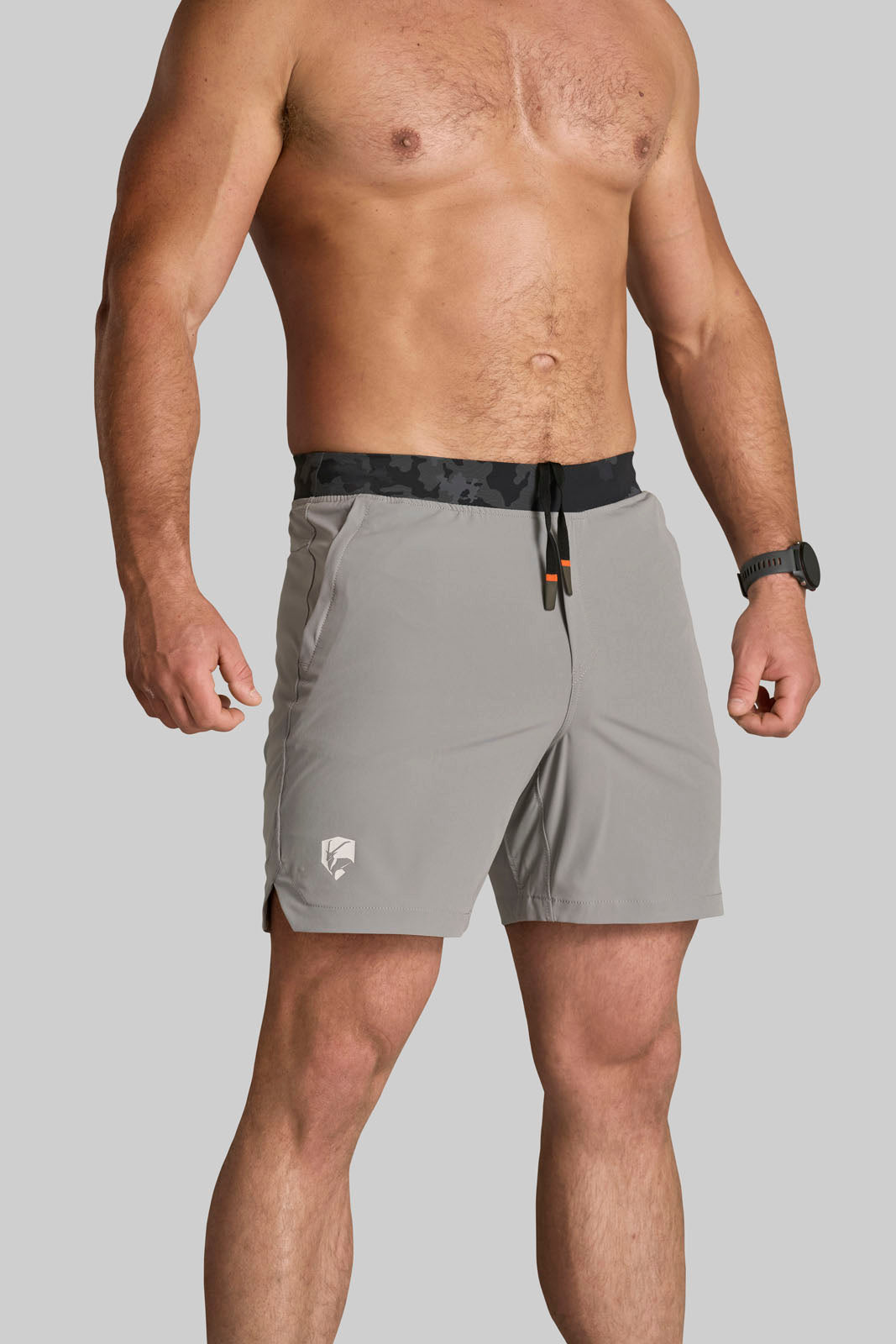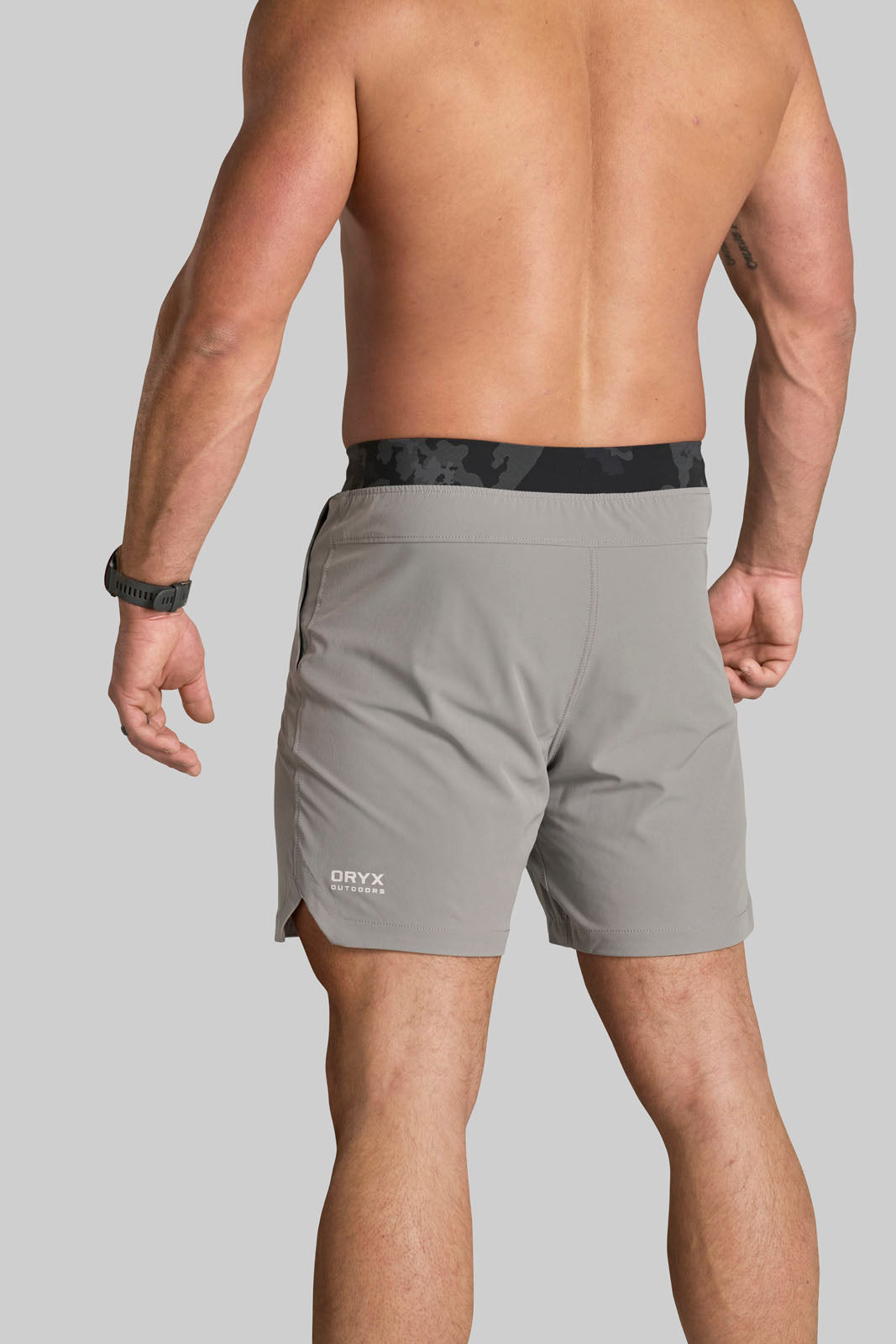Every hunter knows the off-season isn’t an excuse to slack off — it’s the time to prepare your body so when the mountains call, you’re ready. But when it comes to building the cardio engine you’ll need for grueling pack-outs and endless climbs, two tried-and-true methods stand out: trail running and rucking.
Which is better for you? Here’s a deep dive on both, plus a guide to choosing the right tool for your goals.
Why Cardio Matters for Hunting
Hunting in rugged terrain demands more than strength. You need endurance to cover miles with a heavy pack, stamina to climb steep ridges, and a cardiovascular system that won’t fail when your opportunity finally comes. A solid cardio base helps:
- Reduce fatigue during long days
- Make heavy pack-outs safer
- Improve recovery
- Sharpen mental toughness
Trail Running: Speed & Agility
Trail running is one of the most efficient ways to build aerobic fitness while improving your coordination and footwork. It teaches your body to handle varied terrain, sharp turns, and unexpected obstacles — exactly like what you’ll face in the field.
Benefits:
- Builds lung capacity and aerobic threshold
- Develops balance, agility, and proprioception
- Improves lower body and core strength with every uneven step
- Fast workouts (30–60 minutes) pack a big punch
Drawbacks:
- Higher impact on joints, especially with poor form or bad footwear
- Risk of ankle sprains or falls if you overdo speed
- Doesn’t train you to carry heavy loads
Best for: Hunters who want to build quickness, endurance, and footwork, and who need to cover ground fast during stalks or move quickly between glassing spots.

Rucking: Strength & Grit
Rucking — hiking with a weighted pack — builds functional strength while mimicking real-life hunting demands. If you’ve ever packed out an elk or carried a week’s worth of gear into the backcountry, you know what rucking trains for.
Benefits:
- Conditions your body to carry heavy loads for extended periods
- Strengthens your posterior chain (glutes, hamstrings, back), crucial for climbing and stability
- Low impact compared to running; easier on knees and hips
- Builds mental toughness and pain tolerance
Drawbacks:
- Less cardiovascular intensity compared to running
- Time consuming; effective rucks often take 60+ minutes
- Can cause overuse injuries if weight or mileage increases too quickly
Best for: Hunters who plan multi-day backpack hunts or need to carry heavy game out of remote areas.
Choosing the Right Tool
There’s no one-size-fits-all. Here’s how to decide:
- Beginner or recovering from injury? Start with rucking. Lower impact and easier to control intensity.
- Training time limited? Choose trail running for faster, more intense sessions.
- Planning a backpack or high-elevation hunt? Focus on rucking to mimic real-world load-bearing demands.
- Want the best of both worlds? Combine them: trail run 1–2 days a week for speed, ruck 1 day a week for load training.
Sample Weekly Schedule
Monday: Rest or strength training
Tuesday: Trail run 30–45 minutes
Wednesday: Strength work (legs, core)
Thursday: Ruck 60 minutes with 25–40 lbs
Friday: Rest or light mobility work
Saturday: Longer trail run (60+ minutes)
Sunday: Ruck or hike with elevation
Tips for Success
- Start slow — don’t increase mileage or ruck weight by more than 10% per week.
- Wear high-quality footwear that matches your terrain.
- Prioritize recovery with stretching, nutrition, and hydration.
- Track your progress. Small wins add up, and knowing your average pace or ruck speed helps keep you motivated.
Trail running and rucking both forge hunters into tougher, fitter versions of themselves. Running teaches you to move light and fast; rucking prepares you for the real demands of packing in and hauling meat out. Choose one, or better yet, use both — and when opening day comes, you’ll know you’ve done the work.








